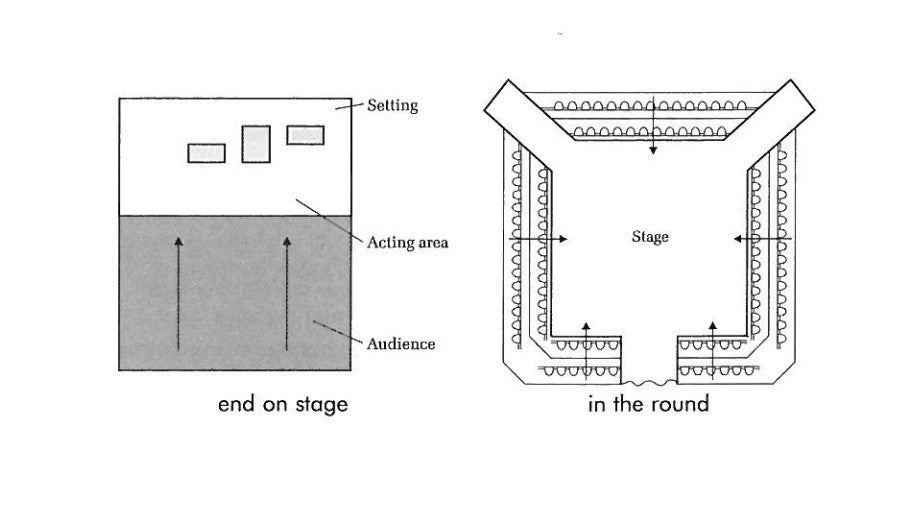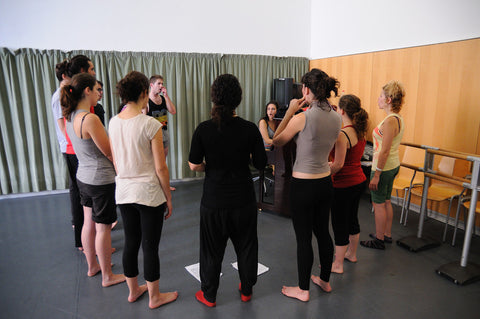
Design Skills
£14.95
Imagine a beautiful piece of clothing. Its colour, texture, line, pattern, embellishments, seams, fastenings and movement in the space are perfectly and harmoniously executed. You put it on and even though you are not a model, it fits and makes you look the best you ever have. Every element of its design works together as a unified whole. It works with you, it isn‘t just clothing – it‘s art.
The key to a successful conceptual and practical understanding of design for students is the consideration of the audience’s perspective. The students should understand how design elements function individually in order to create a unified production concept. In discussion with students, it is often found that they lack an understanding of the piece they are creating as a whole and this limits their creative capacity.
When devising from a stimulus, ideas about the design should be related to the material on which the piece is based. All production aspects of the product can lead from a single thread and can be seen to be related in their final guise. When working with text, it is important first to gain an understanding of the fabric of the text before unpicking it to establish the themes and issues within it, as this will again lead you to threads that will suggest a design concept. The material and the design must work together.
The activities in this article are structured in an accelerated learning format, based on lessons of 90 minutes. Students record written work on A3 paper – this should amount to one sheet per student, per lesson, giving space for creativity and providing a record of the work. Each lesson should be conducted fully within the appropriate performance space. These are very simple to set up within a studio location.
Learning objectives:
- To gain an understanding and working knowledge of simple design
- To explore the use of different performance spaces
- To consider the effect that elements of design and production have on the audience
- To create production concepts using elements of design
- To evaluate design using aspects of the Pavis Questionnaire
Number of lessons: 6




